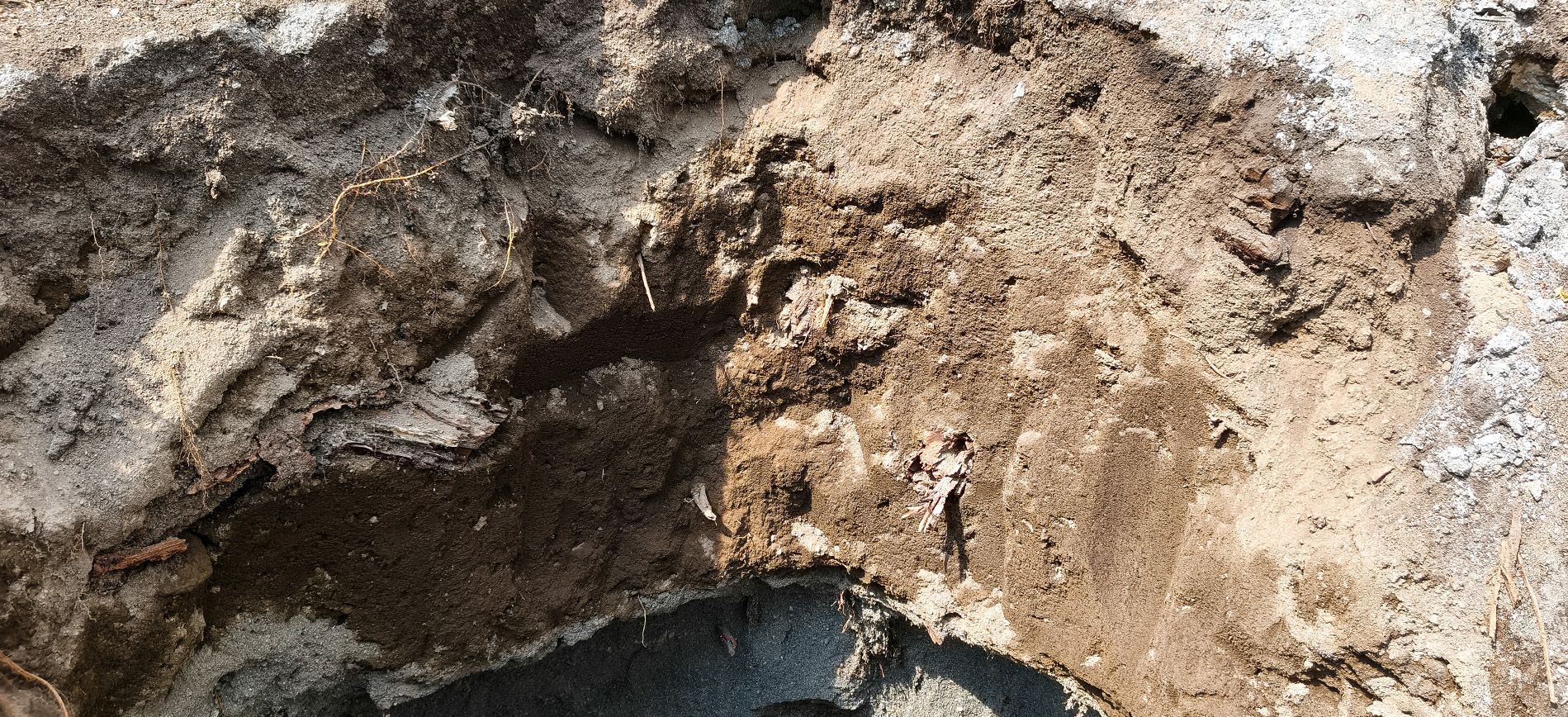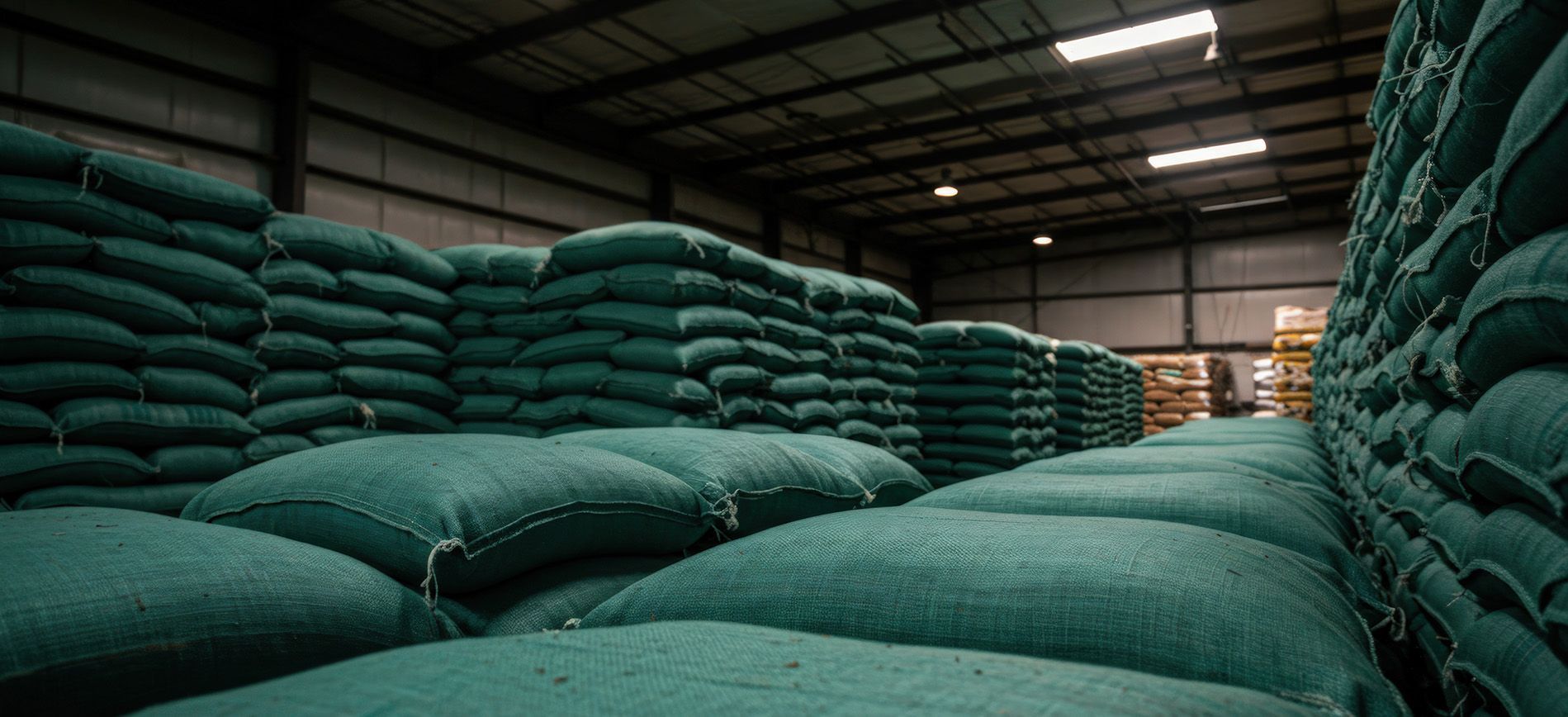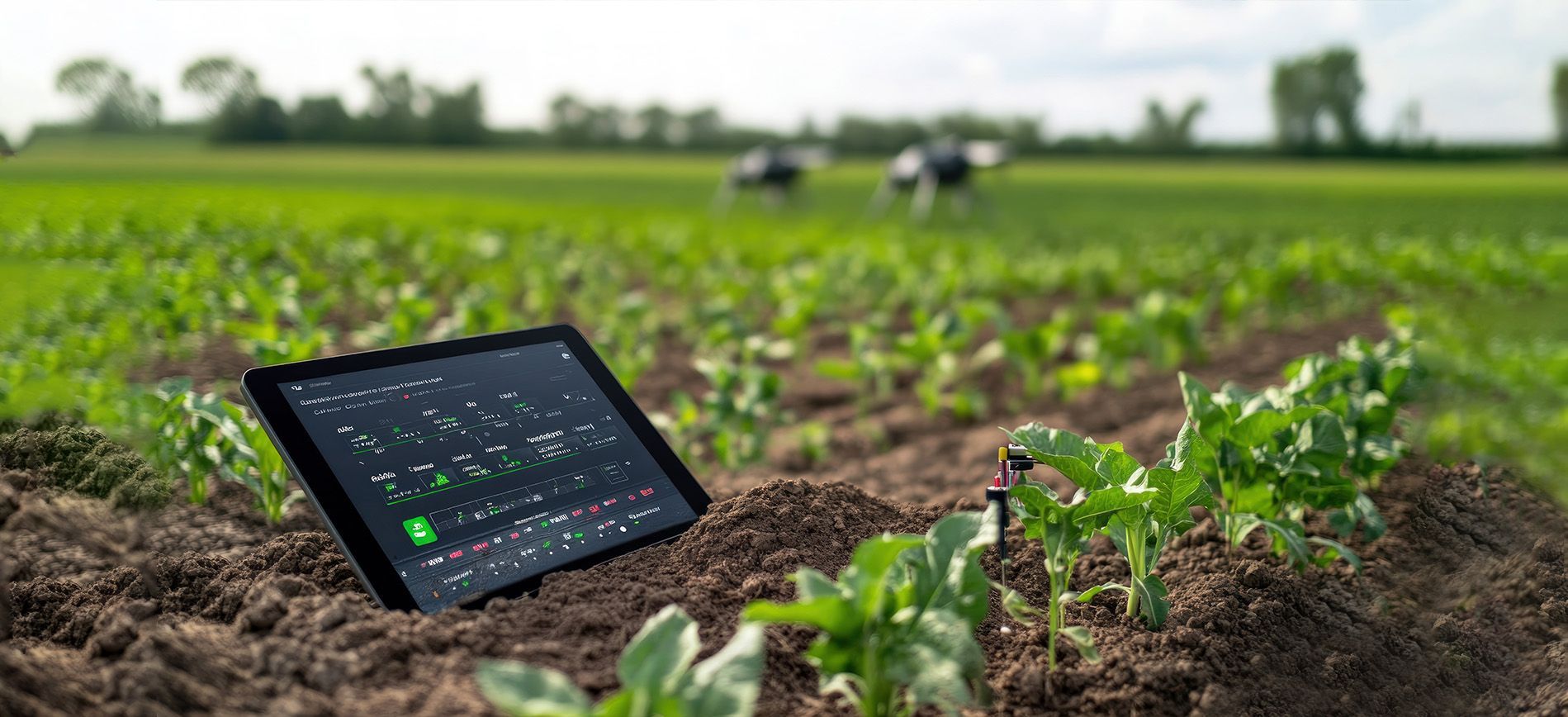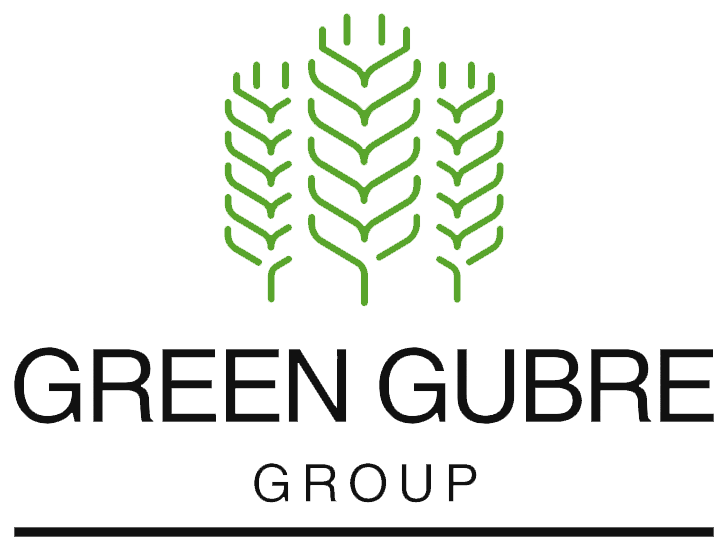Fertilizer Demand in Eastern Europe and the Balkans – Emerging Markets, Strategic Links
Fertilizer Demand in Eastern Europe and the Balkans – Emerging Markets, Strategic Links

Eastern Europe and the Balkans—A Fertilizer Frontier in Transition
The Eastern European and Balkan regions, which you are a vital part of, have emerged as dynamic players in the global agricultural landscape. Comprising nations like Poland, Romania, Ukraine, Serbia, and Bulgaria, this corridor bridges Western Europe with Central Asia and the Middle East, offering fertile land, expanding crop cultivation, and rising fertilizer demand.
This blog explores regional demand trends, logistical shifts, and new trade partnerships, such as
[specific examples], reshaping the fertilizer trade map in Eastern Europe and the Balkans.
1. Agricultural Growth Driving Fertilizer Demand in the Region
Agriculture remains a key economic engine, from wheat fields in Ukraine to fruit farms in Serbia. In recent years, countries in this region have expanded their cultivated land, improved irrigation infrastructure, and embraced crop diversification.
Fertilizer-Intensive Crops:
- Wheat, corn, and barley dominate the landscape in Ukraine, Romania, and Bulgaria.
- Sunflowers and rapeseed—heavy feeders of potassium and phosphorus—are increasing in acreage.
- Vegetable and orchard crops in Serbia, North Macedonia, and Albania drive demand for
customized NPK formulations.
As these sectors grow, so does the need for high-quality, timely fertilizer inputs, particularly nitrogen-based and multi-nutrient products.
Urea Trends:
- Granular urea is the region’s preferred nitrogen fertilizer due to its suitability for mechanized farming and lower volatility.
- Prilled urea is used on smaller farms and where immediate nutrient release is desired, especially in rain-fed systems.
- Governments promote
stabilized and coated urea to reduce nitrogen loss and improve soil health.
NPK Growth:
- The shift from commodity crops to higher-value production, driven by [specific reasons], has created strong demand for balanced NPK blends tailored to crop type and soil conditions.
- Blending plants in Ukraine, Romania, and Serbia are expanding capacity to meet domestic and export demand.
- There’s a noticeable increase in NPK plus micronutrients (e.g., Zn, B, Mn) to combat soil deficiencies.
3. Fertilizer Trade Corridors and Strategic Supply Chains
Eastern Europe and the Balkans are at the crossroads of the Black Sea, the Danube River, and Mediterranean trade routes, making them essential transit and storage hubs for fertilizer.
Regional Trade Insights:
- Turkey is emerging as a vital supplier and logistics partner, delivering granular urea and phosphate-based fertilizers into the region via sea and rail.
- China and India are expanding their urea exports, specialty NPKs, and biostimulants, particularly to Romania and Serbia.
- Africa, especially North Africa, offers potential for phosphate and compound fertilizer exports via the Mediterranean.
The ongoing conflict in Ukraine has triggered a diversification in sourcing strategies, making
multi-origin supply chains more attractive.
4. EU Policies and Regional Alignment with Sustainability Goals
Many countries in this region are aligning their fertilizer policies with EU regulations as part of accession plans or trade harmonization efforts.
Regulatory Drivers:
- Adoption of nitrate directive standards and precision nutrient management plans is underway in Poland, Romania, and Bulgaria.
- Increased attention is paid to carbon emissions and eco-labeling, opening doors for low-emission fertilizer producers.
- Soil health restoration is becoming a policy focus, creating new opportunities for
biofertilizers and
organic nutrient inputs.
This alignment with EU green policies also increases scrutiny on imported fertilizer quality and environmental impact, boosting the competitiveness of
sustainable suppliers.
5. Strategic Trade Opportunities: Linking Eastern Europe to Global Producers
This region’s growing fertilizer demand presents significant export opportunities for global suppliers, especially those from your focus markets.
Trade Pathways:
- Turkey is uniquely positioned to serve this region via the Black Sea and Danube basin, offering proximity and fast delivery.
- China and India can increase exports of specialty fertilizers, technical ammonium nitrate, and sustainable NPKs, particularly for horticulture.
- African fertilizer exporters, especially from Egypt and Morocco, can use Eastern Europe as a gateway to broader EU markets.
Developing
localized supply hubs,
bulk handling facilities, and
strategic storage centers in Eastern Europe can be key to capturing market share.
Conclusion:
Eastern Europe and the Balkans—A Fertile Opportunity for Global Fertilizer Trade
With increasing agricultural output, expanding trade infrastructure, and evolving regulatory frameworks, the Eastern European and Balkan regions are not just becoming vital nodes in the global fertilizer trade but also promising grounds for future growth and development.
For suppliers from Turkey, Africa, China, and India, this is a strategic time to invest in partnerships, blending facilities, and tailored products that meet agronomic needs and environmental standards.
As fertilizer demand continues to grow across this region,
agile, sustainable, and connected suppliers like yourselves will be best positioned to shape the industry's future.
References
- FAO – Eastern Europe Agricultural Trends
- ICIS – Fertilizer Trade in the Black Sea and Balkans
- World Bank – Fertilizer Use in Transition Economies
- Argus Media – Eastern Europe Fertilizer Market Reports
- Profercy – Fertilizer Logistics in Eastern Europe
- European Commission – Agri-environmental Indicators for Eastern Europe




